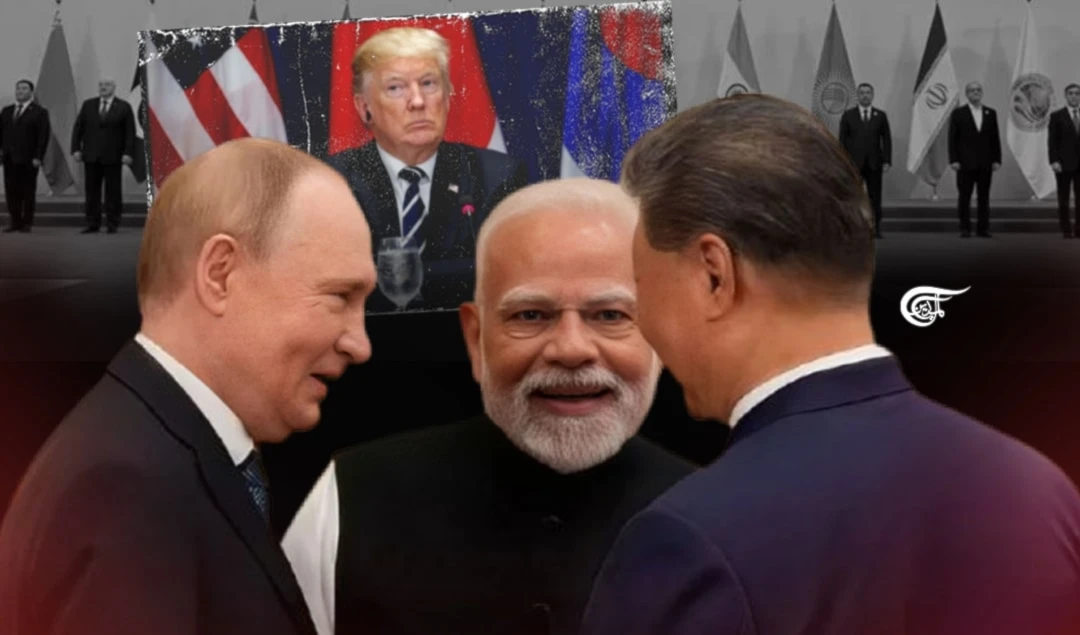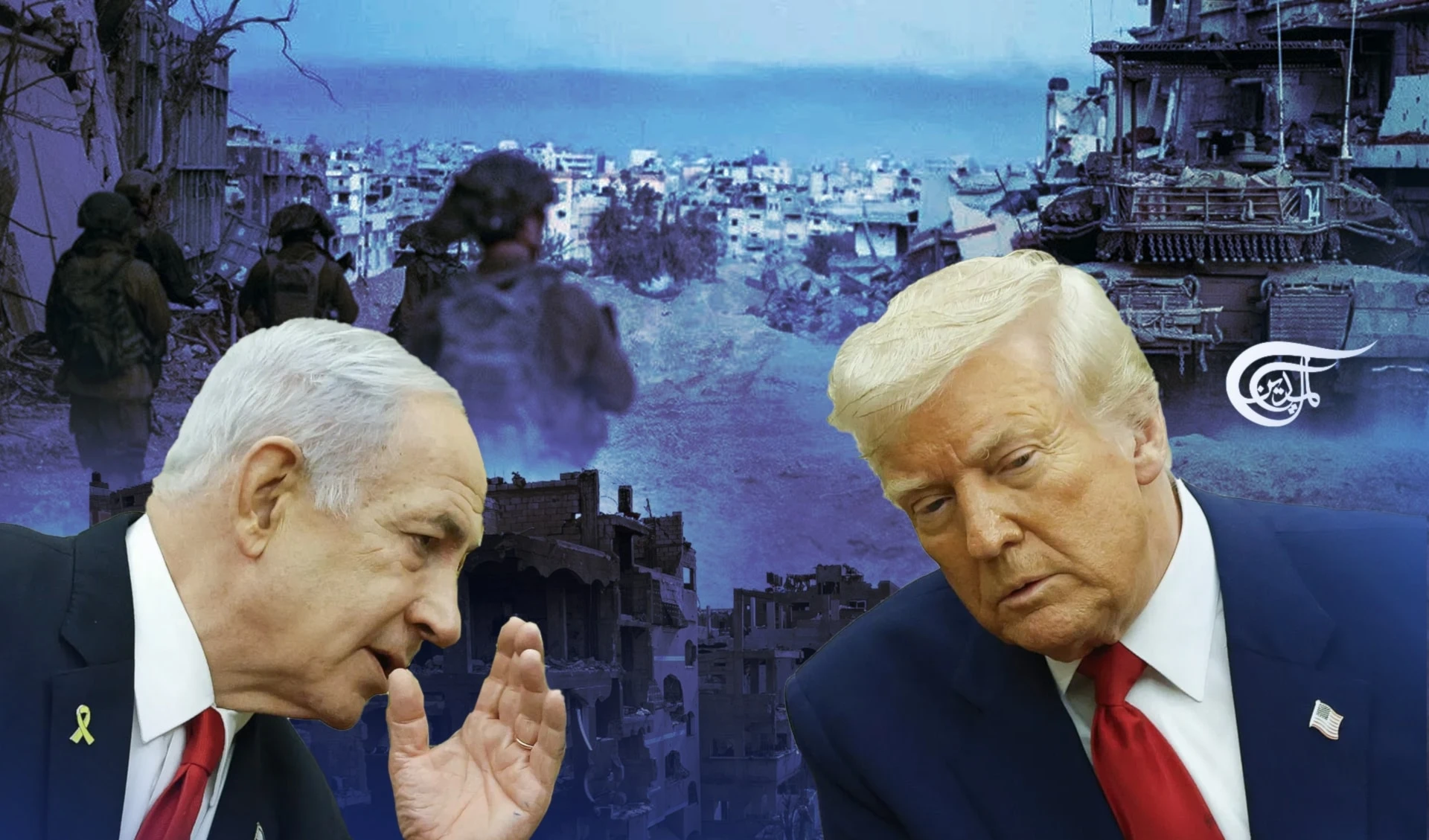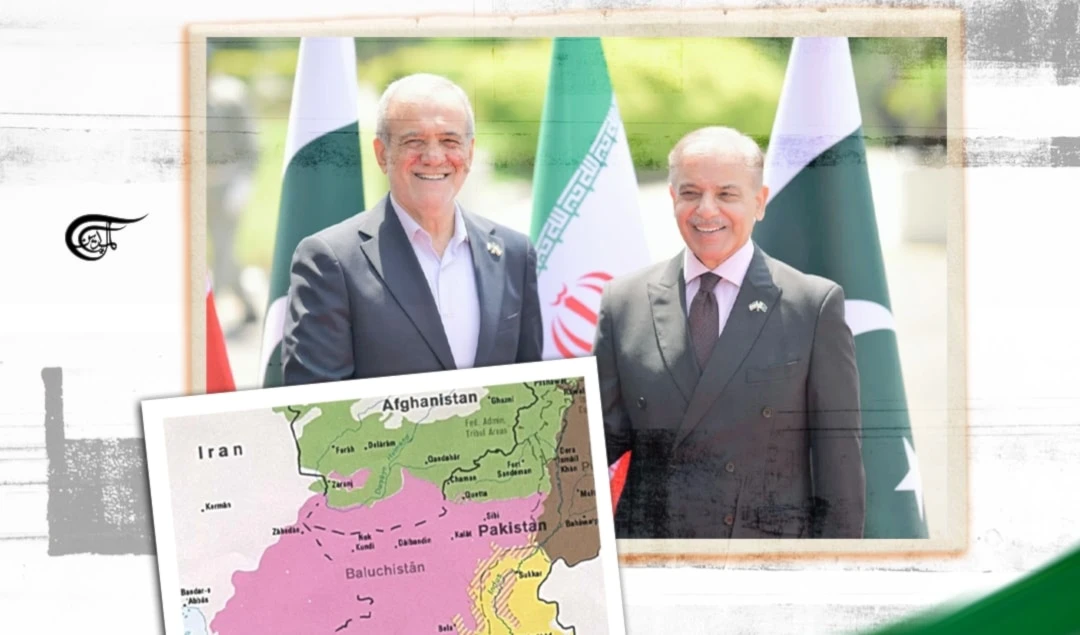Pakistan awaits an economic collapse
Top economic experts in Pakistan say that political unrest and a lack of commitment from multilateral lenders and friendly countries could make the financial situation worse and put more pressure on Pakistan's already struggling economy.
-

Since the current unity government took office in April of this year after a "no-trust" motion was passed against Prime Minister Imran Khan's cabinet, Pakistan's foreign exchange reserves have been going down.
Pakistan is on the verge of bankruptcy in the middle of a highly volatile political environment typified by the ousted prime minister's insistence on holding new elections.
The country's foreign exchange reserves have fallen to $7.5 billion, while it still needs to raise more than $26 billion to repay foreign debts and bridge the country's massive current account deficit.
Despite widespread media speculation earlier last month, neither China nor Saudi Arabia has shown a willingness to provide Pakistan with a financial cushion of around $13 billion to enable the cash-strapped South Asian country to avoid a virtual default on its international obligations.
The balance of payments crisis is one of Pakistan's largest problems, which contributes to ongoing currency rate instability. Most of the problem is due to the growing trade imbalance, which tends to happen after a period of relatively high economic growth driven by consumption.
Import growth outpaces export growth, and other sources of dollars coming in, such as remittances and foreign direct investment (FDI), are insufficient to bridge the growing trade gap. Because of this, more dollars are leaving the country than coming in, which eventually causes the rupee to weaken. The government then steps in to influence the currency market, frequently causing the tiny foreign exchange reserves to decline.
Top economic experts in Pakistan say that political unrest and a lack of commitment from multilateral lenders and friendly countries could make the financial situation worse and put more pressure on Pakistan's already struggling economy.
Food inflation is soaring amid dwindling reserves, and the country's currency, the rupee, is on shaky ground, having dropped a massive 21.72% during the current financial year. Some reports say that the Pakistani currency will continue to fall by the end of June 2023.
The situation has deteriorated to the point where the Pakistan central bank has suspended the issuance of Letters of Credit (LCs) for imports due to a liquidity crisis. Imports of defense equipment are also restricted. The country is without gas in the dead of winter because the government lacks the funds to pay the gas import bill.
On Monday, the Pakistan Business Forum (PBF), a private sector policy advocacy organization, issued a warning to the government that the constant depreciation of the currency is exacerbating the nation's economic predicament. It told the country's central bank to stop people from speculating on the market to ameliorate the situation.
Earlier, in July, the PBF urged Prime Minister Shehbaz Sharif to proclaim a national economic emergency and take immediate action to prevent a Sri Lanka-like catastrophe.
According to Topline Research, Pakistan's probability of default increased by 4.2 percentage points to a new high of 64.2%, as Pakistan will have to pay back on December 5, 2022, $1 billion for a five-year Sukuk (Shariah-compliant bond).
Dr. Farrukh Saleem, an Islamabad-based Pakistani political scientist, economist, and financial analyst, told Al Mayadeen English that Pakistan is not going to default on its debt obligations because the country recently paid $1 billion worth of Sukuk bonds on December 5. The problem, he said, existed in Pakistan's five-year Credit Default Swap (CDS), which increased to 9,253 basis points (bps) on November 18 from 1,000 basis points (bps) in May.
“A CDS is a financial swap arrangement in which the seller of the CDS agrees to compensate the buyer if the debtor defaults on its obligations,” Farrukh said.
He revealed that Pakistan's CDS indicates that Pakistan's debt insurance has grown unreasonably expensive. “This also implies that the Pakistani government will be unable to sell the debt on the international market under the existing circumstance, which shows that the country no longer has access to the international bond market, and it is a big problem indeed,” he added.
“We are on the verge of a severe monetary crisis. That means the State Bank of Pakistan (SBP) has run out of money. Running out of currency is a significant dilemma for an import-dependent country. We want crude petroleum, refined petroleum, petroleum gas, palm oil, medications, raw cotton, and wheat imports, but the State Bank of Pakistan (SBP) is out of dollars,” Farrukh stated.
He stated that foreign banks were now demanding an 8% premium to confirm a letter of credit from a Pakistani bank. He said industrial consumers and laymen would have to shoulder all of these premiums in the form of increased pricing, and there could also be severe fuel scarcity and shortages of gasoline and diesel.
Although the nation's foreign exchange reserves have fallen to an all-time low, the political leaders continue to hold out hope that they will get additional funding from "reliable sources" to help ease the burden.
Pakistan Finance Minister Ishaq Dar declared on a televised show on Friday (December 2) that the government has made provisions for all of its international liabilities and that there is no risk of default. He revealed that the government was already negotiating a $3 billion payment with an ally other than China and Saudi Arabia. According to him, "a good understanding" has been reached, and Pakistan would likely get funds to raise its overall foreign reserves in the next two weeks.
Since the current unity government took office in April of this year after a "no-trust" motion was passed against Prime Minister Imran Khan's cabinet, Pakistan's foreign exchange reserves have been going down.
Imran Khan's reckless policies, according to the Shehbaz-led unity government, are to blame for the country's economic downfall. Officials in Islamabad estimate that Pakistan will require $26 billion to service its $124 billion in foreign debts in the fiscal year 2022. A large portion of the payable loans would go to Chinese state-run financial and business entities.
In September, the International Monetary Fund (IMF) assessed that Pakistan owed Chinese Commercial Banks and the Chinese government $30 billion, up from its February assessment of $24.7 billion. The ratio thus increased from 27.4% to 30% of Pakistan's total external debt.
Following a recent visit to China, Pakistani Prime Minister Shehbaz Sharif is said to have received assurances from Beijing that it will roll over existing loans totaling $ 9 billion in sovereign deposits, currency swaps, and commercial loans. However, Beijing remains conspicuously dubious about Islamabad's request for a rollover of its payable debts.
Similarly, Riyadh also made similar promises during Sharif's visit last month that it would provide $4.2 billion in financing and a deferred oil payment. Riyadh, however, recently announced a one-year rollover of $3 billion in deposits for Pakistan.
The World Bank’s country overview revealed that Pakistan's economy was undergoing an overdue adjustment in early 2022 as it recovered from the effects of COVID-19. The economy grew by 6.0 percent in Financial Year 22 thanks to supportive macroeconomic measures. The government began pursuing a variety of policies to restrain aggregate demand and stabilize the economy.
Since June 2022, Pakistan has been suffering from strong monsoon rains, resulting in catastrophic and unprecedented flooding. Almost 15% of the country is submerged, affecting more than 33 million people. According to preliminary projections, the flood will directly increase the national poverty rate by up to 4.0 percentage points.
Due to increasing energy prices, a weaker rupee, and flood-related delays to agricultural production, growth is now estimated to be about 2% in FY23. The budget deficit, including grants, is forecast to fall to roughly 6.9% of GDP.
It will need to maintain solid overall economic management and market sentiment to address these threats. This will necessitate the development and successful implementation of a defined recovery strategy.

 F.M. Shakil
F.M. Shakil
 8 Min Read
8 Min Read











